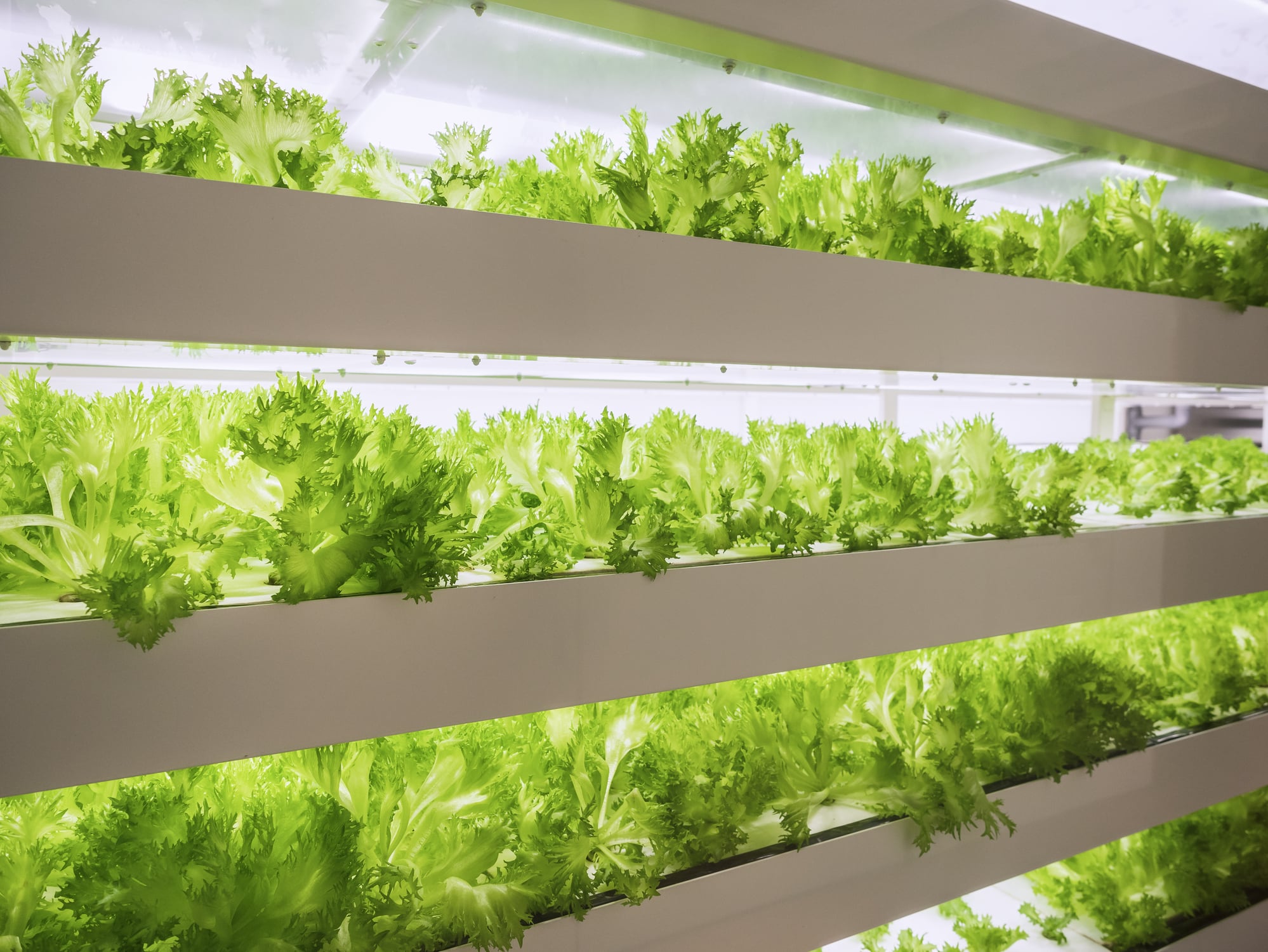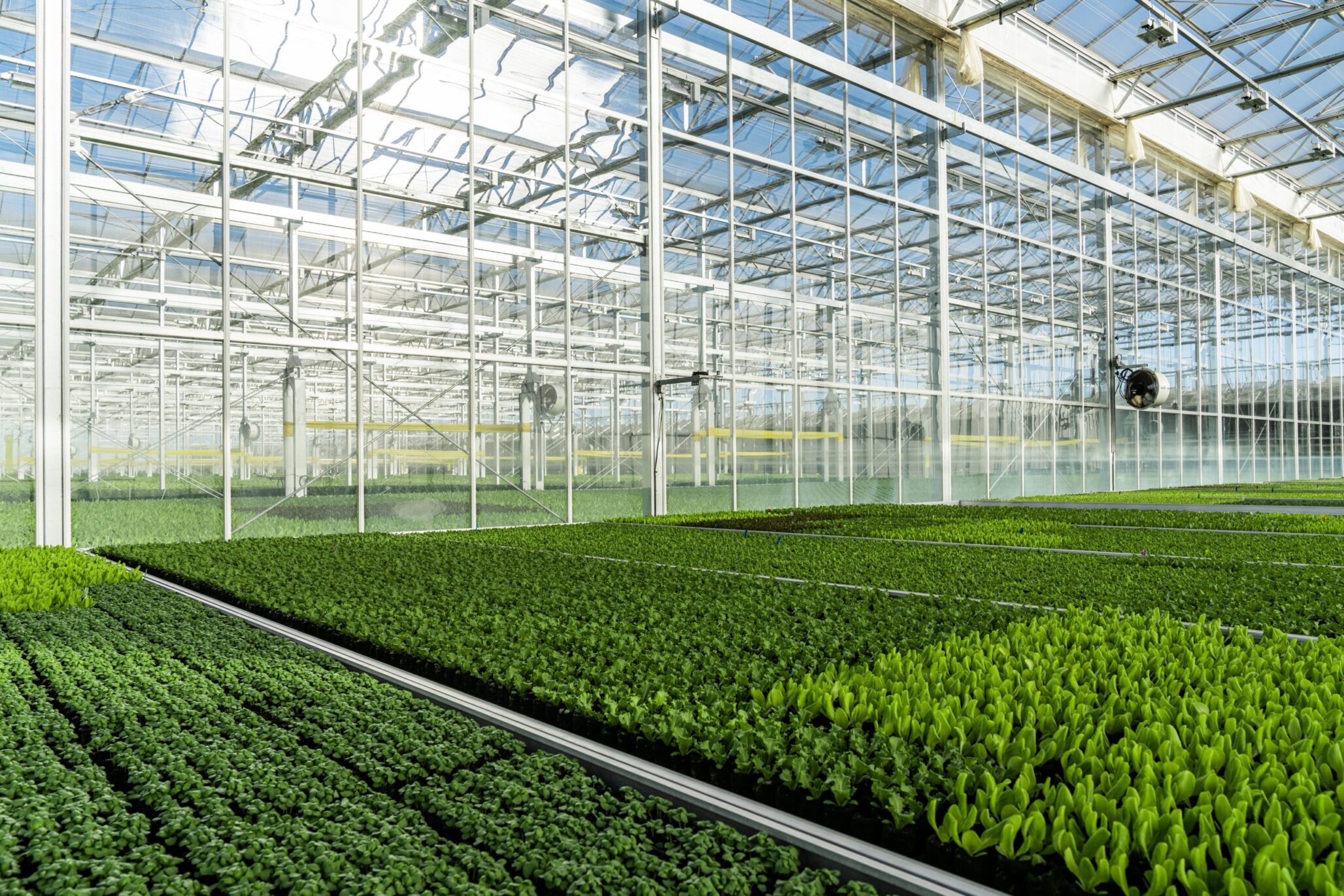When it comes to scaling up production, it seems easy when you have plenty of land at your fingertips. But, when it comes down to scaling up production for indoor farming, it looks a little different and takes a lot more strategy to execute.
Instead of coming down to acres in a field, scaling up production in indoor facilities comes down to talking and negotiating with potential landlords.
“Be prepared to educate your landlord for the process and be prepared to try to work within the confines of what you have set in the existing real estate,” says Lindsay Friedman, vice president of customer led solutions of Prologis, at the Indoor AgTech Innovation Summit in New York. “Most landlords will have a very limited understanding of indoor farming — tell them your story, but also explain your operations.”
Discussing with and educating landlords helps alleviate some of the concerns upfront — discussing about how to manage issues, such as humidity creating mold — allows a better understanding and dialogue to use real estate.
In addition, before scaling, understand the current real estate market.
“In today’s environment, the space goes quickly — we’ll have easily three to four customers lined up buying for the space. Have your information ready to go,” Friedman says.
For Paul Sellew, founder and CEO of Little Leaf Farms, scaling up production has been a challenge — particularly due to COVID-19 and supply chain disruptions. To tackle the challenge, he broke down the task into three things: people, relationships and culture.
“You can’t do it without having a great team of people,” he says. In addition, forming relationships around the leading horticultural technology providers has helps in the process of scaling up during supply chain disruptions.
But mainly, Sellew says it comes down to having an intentional strategy and culture for the company. “We wanted to intentionally export the successful culture we had,” he says, adding that when scaling production, they’ve moved employees from Pennsylvania to North Carolina to help build that culture.
And, if possible, make sure to record your best practices, says Pedro Pereira, senior director of operations for Infarm. Once you have your feedback from the R&D team in a “playbook” to copy and paste to another operation, it’s just a matter of having the right team.
“This playbook that we’ve been building since the company started in 2013 allowed us to expand quite easily during the pandemic in Canada,” Pereira says. “We are now opening a big facility in Baltimore again, all based on a playbook that is constantly being developed and rolling with the feedback not only from our headquarters team, but also the 17 facilities and 1,300 modular farms we have. Gathering billions of data on a daily basis helps us to constantly improve that playbook.”
And finally, when looking to scale up, it’s important to take advice from your experts you’ve hired.
For Jan Westra, strategic business developer for Priva, this might sound obvious, but it helps avoid mistakes for the future.
“When your experts say it’s not going to work, you better listen to the people that do not only have the same degree as you, but have some years of experience behind them,” he says.
Want to read more from the Indoor AgTech Innovation Summit? Check out:
Indoor Ag has Untapped Potential to Feed the World
1 in 3 People are Malnourished. We can Change That
Why the Industry’s Future is in the Cloud











